Airthings' new Air Report focuses on data from tens of thousands of radon monitors across US, Canada, Norway and the U.K. revealing stark radon seasonality and surprising regional behavior.
Exposure to radon gas is the leading cause of lung cancer among non-smokers1, but did you know many people who are at risk of dangerous exposure to this gas aren't monitoring it? The new radon report reveals the air we breathe at home can be contaminated with potential lethal radon gas, seasonal radon spike trends and why you need to continually monitor your home for radon.
Key takeaways
- Radon season takes place between the months of October and February. In the United States, the average radon level increased by 29% from September 2022 when entering radon season in October 2022; In Norway, levels increased by 68% from August to September 2022.
- One-third of Canadians surveyed said they were unable to afford radon mitigation services. However, Canadians can make use of 267 libraries across Canada with free radon devices for public use empowering homeowners to test DIY mitigation solutions.
- In May of 2022, the EPA in Ireland publicized that 170,000 homes in Ireland were at risk of high radon levels, not the previous estimate of 45,000. Over the proceeding two months, Airthings smart radon detection device registrations increased by 28% on the island.
- The average readings for all monitors visible in the U.K. displayed dangerous radon levels of over 4 pCi/L or 150 Bq/m3 in the months of November and January in 2021 and 2022 respectively.
PRESS CONTACT

Evelien Jacobs
Senior Communications Manager
press@airthings.com
What is radon?
The rocks and soil beneath our homes contain traces of uranium. Over time, the uranium breaks down and forms other elements. This is called radioactive decay. Radon is one element in the decay chain of uranium. When radon gas decays, it emits radiation in the form of an alpha particle. This radioactive particle is invisible and made up of two protons and two neutrons. Seeing is believing, so using a cloud chamber like in the video below; the decay and radiation can be made visible to the naked eye. The particles you see here are in fact present in the air you breathe.
Why should I care about radon?
Radon is a potentially lethal gas. The World Health Organization (WHO) estimates around 14% plus of all lung cancer deaths globally are radon-induced2. This represents approximately 189,000 of the 1.4 million people that die annually from this disease. Are you at risk of radon exposure? While you can't be sure until you test, some risk assessment maps exist where you can take a birds-eye view of radon exposure in your region. This is location dependent as obtaining this data requires sensors in the area. Airthings created radonmap.com which gathers anonymous live radon data from tens of thousands of their radon sensors around the world and breaks it down by location. If there are Airthings monitors in your area, you’ll be able to see if locations near you have high levels of radon.
Healthy levels of radon
An ideal radon measurement is zero; unfortunately, this is not possible because radon is naturally found in the air around us. However, the lower the level of radon, the lower the health risks associated with prolonged exposure. Many governing bodies have identified radon risk thresholds to guide citizens on acceptable exposure levels, and educate them on when action is necessary. Following the United States, Environmental Protection Agency’s (EPA)3 and the World Health Organization’s (WHO)2 recommendations, Airthings defines radon risk thresholds as the following:
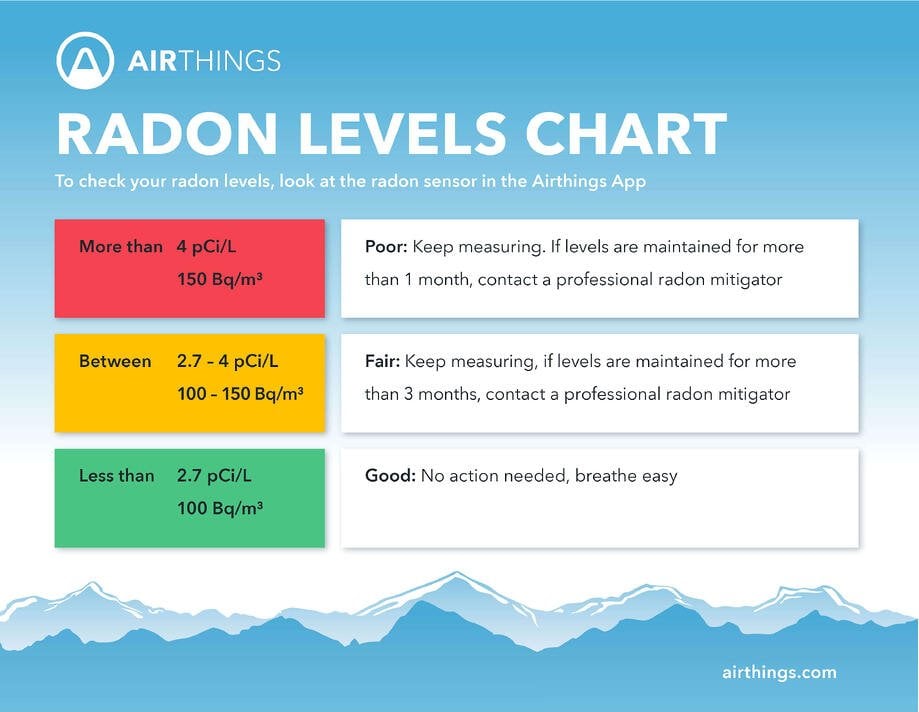
What is “radon season”?
The timing of this report isn't a coincidence. The months between October and February are often considered the “radon season”, as radon levels tend to be higher in the winter4. This is due to several factors directly related to seasonal behavior, including people keeping windows and doors closed more often, effectively trapping radon inside the home or building. Radon is a radioactive gas that enters buildings through cracks and other holes in the foundation, getting trapped at any level of the property. Additionally, environmental factors such as the “blanket effect” in which snow traps radon in the soil around the house, differing pressure levels in buildings, precipitation levels, and temperature are all contributing causes.
Monitoring - the crucial first step to reducing radon levels
Airthings analysts found that the total number of hours displaying safe or ‘green’ radon levels increased year on year5. The global radon levels detected by all smart Airthings devices decreased from October 2022 when compared to the same period last year. These readings were taken from devices activated before October 2021 and excluded devices activated after this period. The findings indicate that across all regions the number of hours where a monitor is recording unsafe radon levels or ‘radon red hours’ go down once they are monitored. Improved readings could be due to the implementation of lead barriers, optimized ventilation, fans, or open windows, however each mitigation step begins with knowing there is a problem.
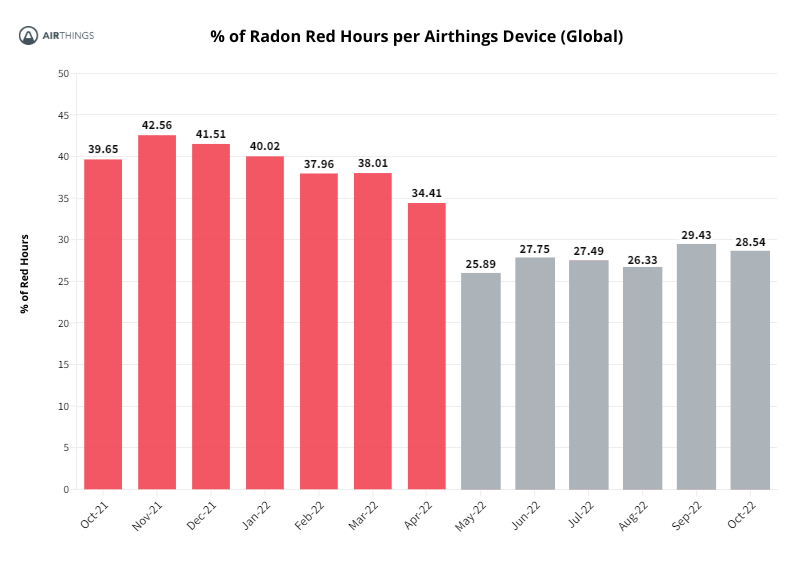
Radon levels spotlight (US and Norway)
Since radon levels are highly volatile and fluctuate seasonally, Airthings analysts looked at radon levels over the entire span of the year, further isolating radon season for investigation. The team found that in the United States, upon entering radon season there was a 29% increase in the average radon level6. In addition, as shown below, we see similar trends in terms of the percent of Airthings' devices showing average dangerous radon levels each month including a visual representation of the seasonality of the readings.
.png)
There is a clear rise in the number of devices measuring dangerous average levels of radon during the winter months. During radon season, almost 1 in 6 devices in the United States had dangerous levels of radon as their daily average. Notably, this is the number for people who actively monitor their radon levels, whereas the true number for dangerous radon levels in the U.S. is potentially much higher. It is also noted that radon levels peaked in November 2021, when more than 16% of devices reached dangerous levels of radon on average that month.
In Norway, the average percentage of devices showing radon levels above safe levels each month is higher than the peak number in the U.S. even in March of this year7. Radon season seems to last longer in Norway. The peak of the average radon level was 145 Bq/m3 (with less than 100 Bq/m3 being seen as “safe”) and occurred during the month of December 2021. These same devices showed rising numbers in October of 2022 in line with naturally occurring radon levels. This is a reminder that during the winter months we may be trapping dangerous gasses and pollutants inside with us when closing windows and staying indoors.
.png)
Radon spikes in the U.K.
The average readings for all monitors visible in the U.K. displayed dangerous radon levels of over 4 pCi/L or 150 Bq/m3 in the months of November and January in 2021 and 2022 respectively (151.05 Bq/m3 and 156.19 Bq/m3)8. Although the radon levels fell eventually, this startling statistic marks a worrying trend as we go into this year's radon season.
.png)
Radon inequality in Canada
A University of Calgary study found 1 in 3 Canadians are unable to afford radon mitigation9.
"...what is striking, though, is one-third of Canadians can’t afford to do this (remove radon gas), even though they know they have a problem." - Aaron Goodarzi, Professor of biochemistry and molecular biology at the University of Calgary’s Cumming School of Medicine.
1 in 3 respondents reported they knew they had high radon levels but were unable to afford the radon mitigation to bring their home to safe levels. Further, those who were unable to afford professional radon mitigation were more likely to be younger with more occupants in the home. Health Canada recently increased its estimate of radon-induced lung cancer deaths to approximately 16% of all lung cancers (around 3,200 Canadians) that die annually from radon exposure10. Libraries across Canada are offering a lending program for digital radon detectors. Currently 332 libraries offer Airthings’ Corentium Home devices which are free for public use. By continually monitoring radon using a digital monitor you are able to see if the changes you make decrease the radon levels or not. These changes can be DIY based such as sealing cracks in walls or improving ventilation via low cost fans or opening windows. Additionally library members also received a discount on the product. So, how is the program going?
"We are so pleased with the success of the radon detector library loan program, which we launched last November in public libraries across Nova Scotia." - Robert MacDonald, President, and CEO, Lung Association of Nova Scotia.
Dozens of homes per library, meaning thousands of homes across Canada have been made aware of dangerous levels of radon ad empowered with the tools to chart their own progress in reducing their radon levels. If your library isn’t a member of our program they can apply through the link below: airthings.com/en-ca/library-program
Radon awareness in Ireland
In May of 2022, the EPA in Ireland publicized that 170,000 homes in Ireland were at risk of high radon levels, a stark increase from the previous estimate of 45,000. Several major media outlets reported on the story, but what was the effect of this startling news? Over the proceeding two months, Airthings smart radon detection device registrations increased by 28% on the island11 (see green circle)..png)
Radon in Schools
There is an urgent need for radon detection in schools around the U.S. according to the EPA12. While air quality monitors, especially those monitoring CO2, are being installed in many schools to comply with new legislation however the vast majority of these monitors are not fitted with a radon detector even though it is possible. The EPA estimates only 20% of schools in the U.S. have tested for radon12. The Covid-19 pandemic has shown the importance of indoor air quality. Amongst recent meaningful strides for indoor air quality awareness, The White House held a summit in October 2022, where they discussed the importance of air quality as a public health concern and monitoring in schools.
Why is monitoring radon in schools so important? Children are more sensitive to radon for several reasons13. The first is that their organs are still developing, making them more vulnerable to DNA damage, especially considering that children breathe 2-3 times faster since their lungs are so much smaller. In addition, children weigh less, increasing their exposure. Finally, children have more years left, increasing their chances of getting cancer from early-life radon exposure13.
"...the United States estimates that nearly 1 in 5 [schools] has at least one schoolroom with dangerous short-term radon levels".
According to the EPA, a nationwide survey of radon levels in schools in the United States estimates that nearly 1 in 5 has at least one classroom with dangerous short-term radon levels12. This translates into 70,000 classrooms today that have dangerous short-term radon levels. Considering that radon is 10x more dangerous for children13, it is essential to monitor and mitigate radon levels in schools. Their is meaningful action from some states. Most recently the Massachusetts Department of Elementary and Secondary Education (DESE) announced $100 million will be made available to school districts to improve their indoor air-quality14.
The Airthings for Business solution is in use in schools across the United States and Europe, to ensure students are learning in the best environment.
Recommendations for a Healthy Home
While radon levels traditionally rise in the winter months, radon is still prevalent year-round. This makes it important to continuously monitor radon levels at home to avoid exposure— even in the summer months.
There are several ways to reduce radon levels in the home before contacting a professional, including ventilation, sealing access points around doors and windows, caulking entry points, clearing natural underfloor ventilation, and sealing cracks15. However, if unhealthy radon levels are maintained for more than three months, Airthings recommends contacting a professional. In addition, if dangerous levels of radon are maintained for more than just one month, then a professional radon mitigator should be contacted to ensure the safety of your home.
November is recognised as lung cancer awareness month in the U.S., 16 radon action month in Canada17, and November 7th is European radon day18. This November, take control of your health by testing and continuously monitoring your home for radon. In addition to monitoring your home, encourage friends and family to test their homes too, and educate them on the health risk of radon. Remember, it's never too late to start monitoring for radon.
What's the best way to monitor radon in 2022?
All radon tests are not equal. As with any monitor which protects your health, you want as much accuracy as possible. While manual charcoal tests were the first way to test for radon, the digital radon detector is now considered the gold standard. Charcoal tests are prone to user and lab errors which are difficult to detect, and they are overly sensitive to humidity and airflow. Additionally, they do not allow for continuous radon monitoring over a long period19. Once you've tested for radon and sent away your test you don't have a way to detect if the issue will come back later apart from another manual charcoal test nor are you alerted of any changes in your radon levels in the same way a digital detector is capable of.
View Radon is Airthings' most advanced radon monitor to date. Airthings has become the trusted industry-leader manufacturing smart radon monitors over the last decade and is continually developing their radon sensor technology to ensure it is the most accurate, robust and sustainably-designed on the market.
Since its foundation, Airthings has delivered on its mission to empower the world to breathe better and has helped well over half a million people protect their homes against radon using digital radon detectors20.
Sources:
1. https://www.epa.gov/radon/health-risk-radon
2. https://www.epa.gov/radon/what-epas-action-level-radon-and-what-does-it-mean
3. https://www.consumerreports.org/cro/news/2009/09/world-health-organization-lowers-recommended-action-level-for-radon-goal-is-to-reduce-lung-cancer-risk/index.html
4. https://www.americanradonllc.com/are-radon-levels-higher-in-winter/
5. Anonymized data sourced from compatible Airthings devices registered from Oct 1, 2021 - Oct 23rd , 2022.
6. Anonymized data sourced from compatible Airthings devices registered in the United States from Oct 1, 2021 - Oct 23rd , 2022.
7. Anonymized data sourced from compatible Airthings devices registered in Norway from Oct 1, 2021 - Oct 23rd , 2022.
8. Anonymized data sourced from compatible Airthings devices registered in the UK from Oct 1, 2021 - Oct 23rd , 2022.
9. https://globalnews.ca/news/9213832/radon-gas-study-canadian-homes/
10. https://ncceh.ca/documents/radon-public-health-and-cancer-prevention
11. Anonymized data sourced from compatible Airthings devices registered in Ireland from Oct 1, 2021 - Oct 23rd , 2022.
12. https://www.epa.gov/radon/radon-schools
13. https://www.atsdr.cdc.gov/csem/radon/patient_education.html
14. https://www.mass.gov/news/baker-polito-administration-announces-availability-of-100-million-for-public-schools-to-make-hvac-and-air-quality-improvements
15. https://www2.dsa.no/publication/strategy-for-the-reduction-of-radon-exposure-in-norway.pdf
16. https://www.lung.org/lung-force/about-lung-force/featured-campaigns/lung-cancer-awareness-month
17. https://takeactiononradon.ca/learn/radon-action-month/
18. https://radoneurope.org/european-radon-day-2022/
19. https://nrpp.info/standards/measurement-methods/
20. Anonymized Airthings sales data 2014-2022

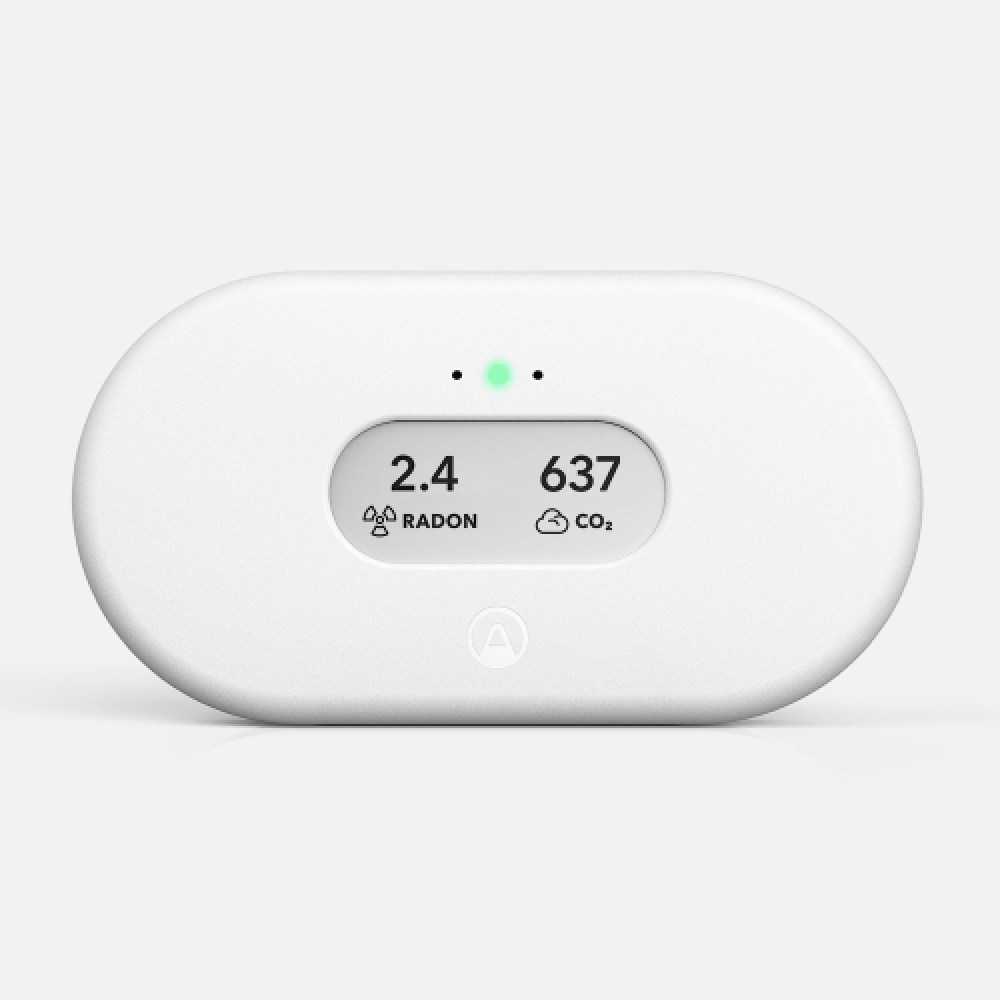
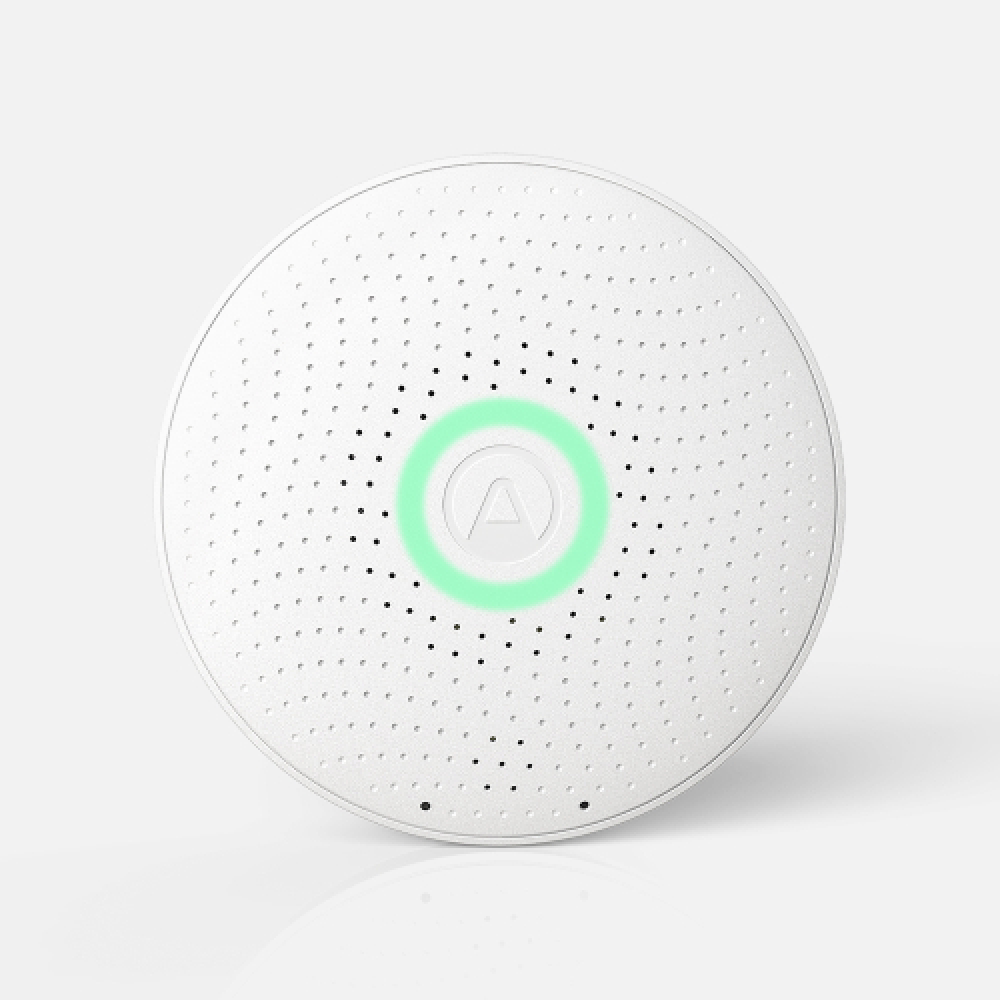
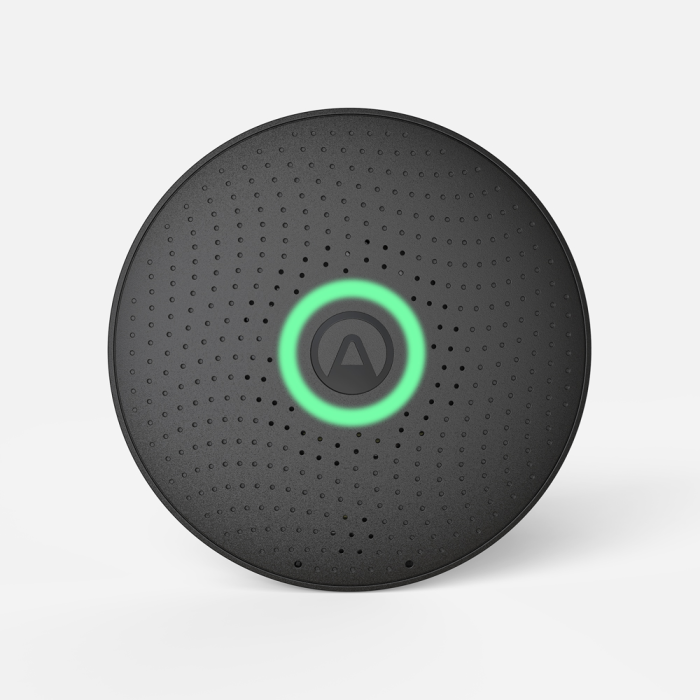
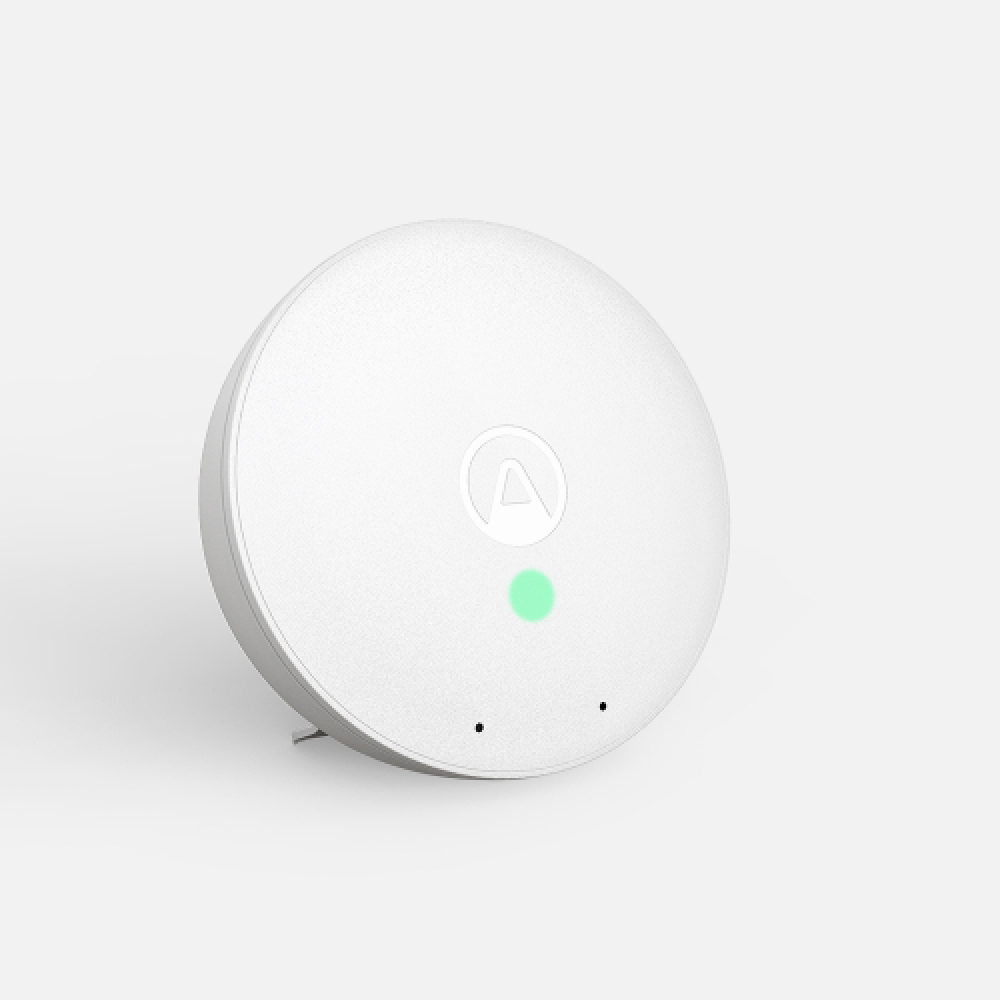
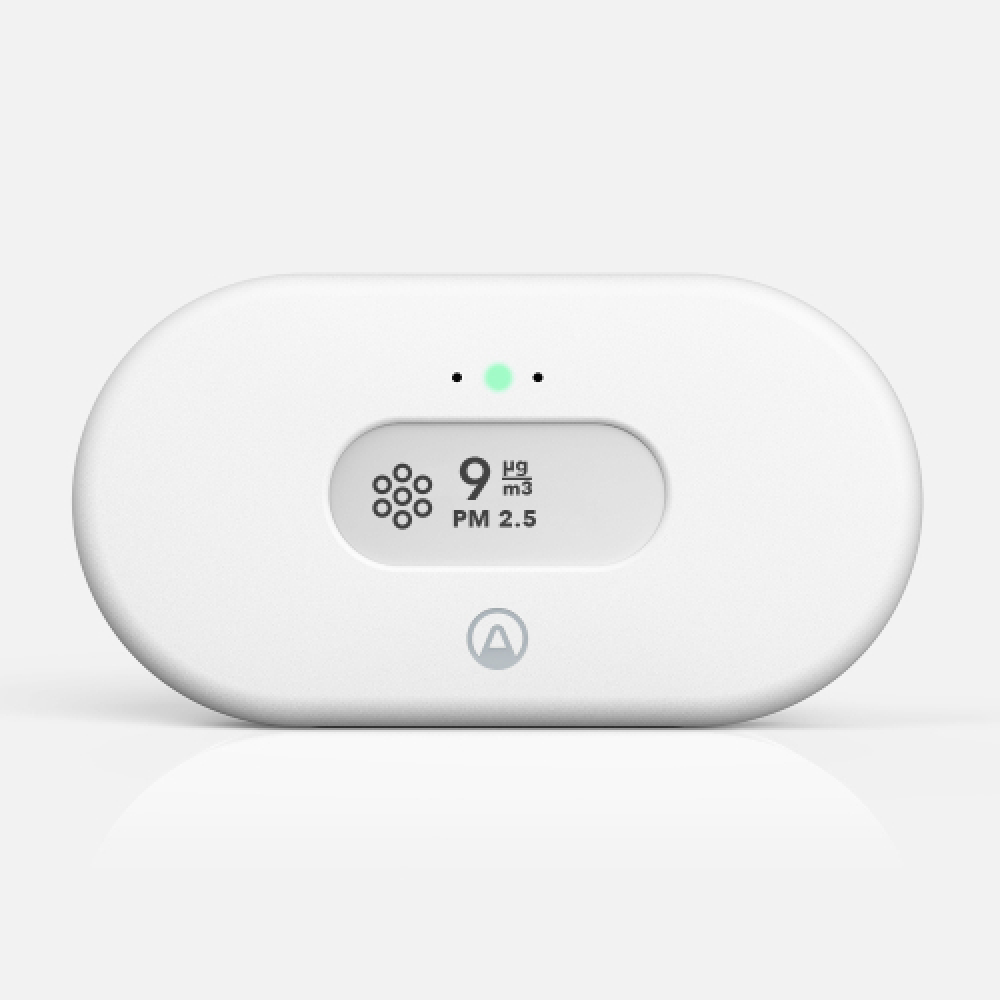
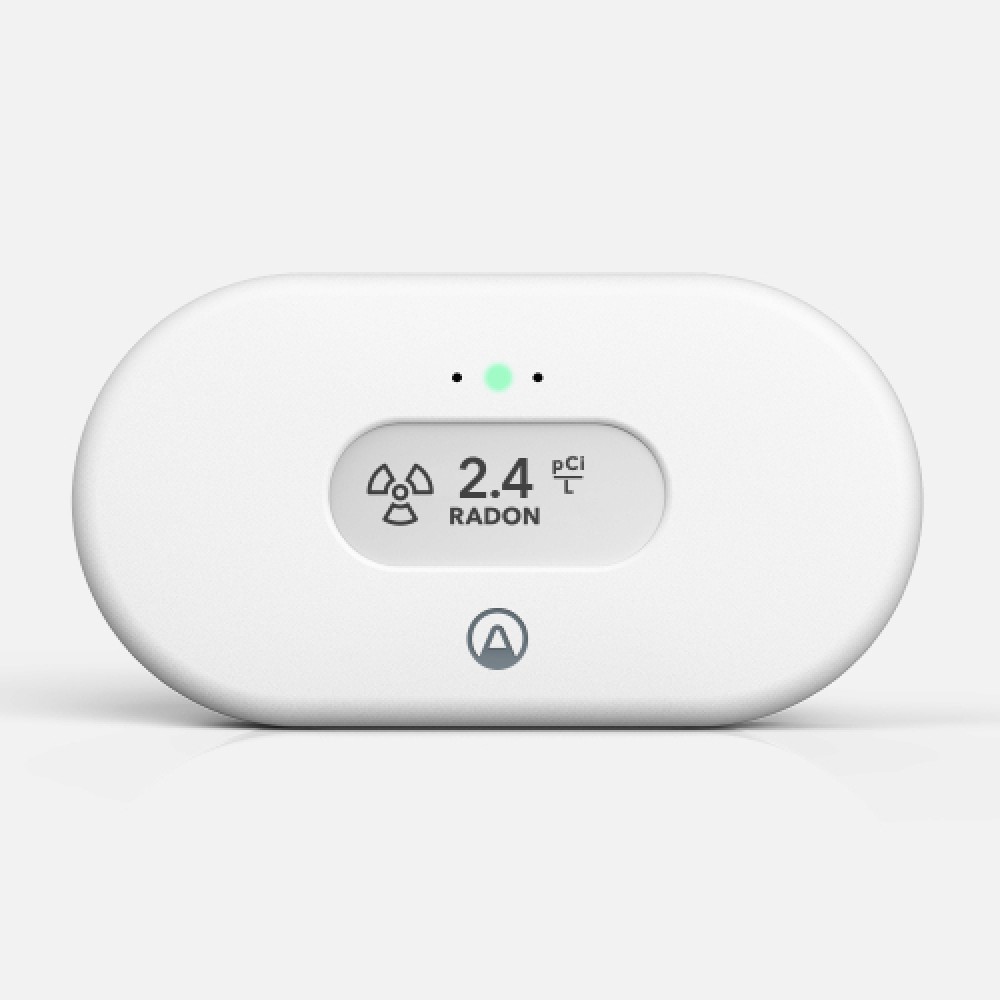
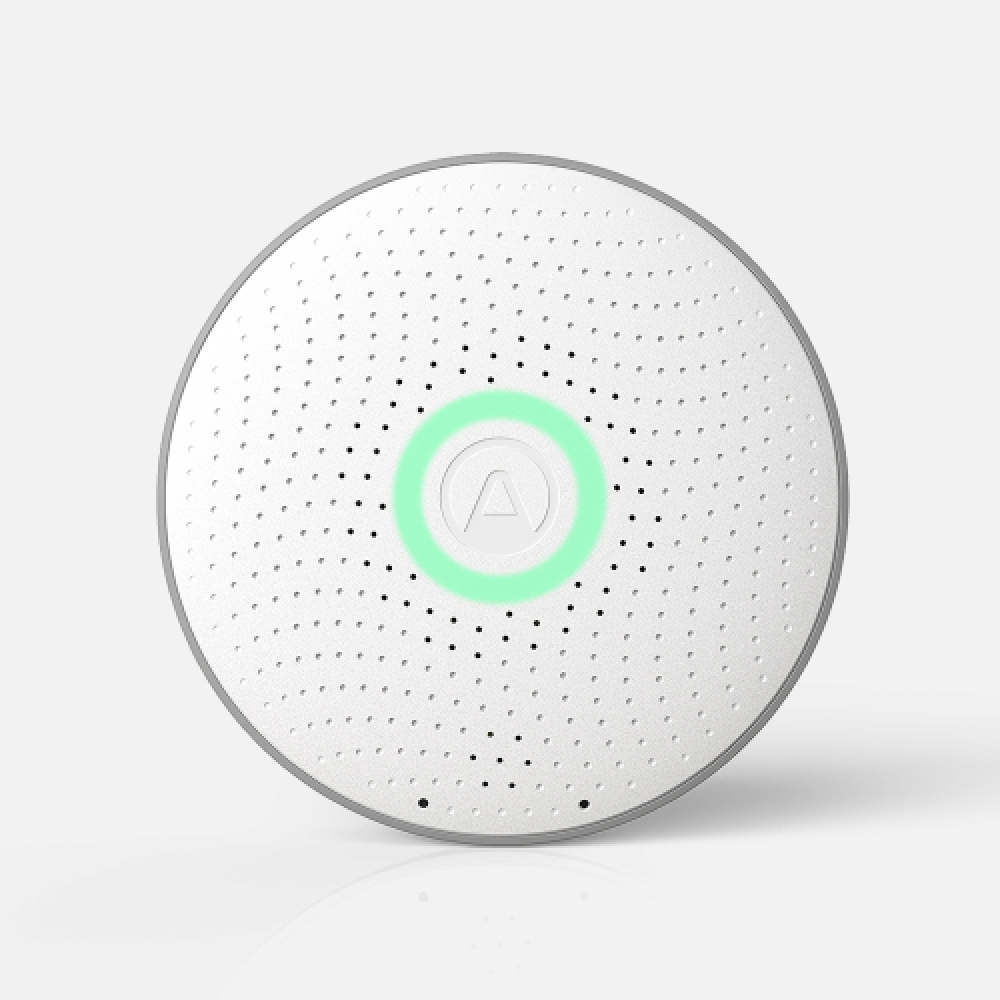
%20(1)%20(1)%20(1).webp)
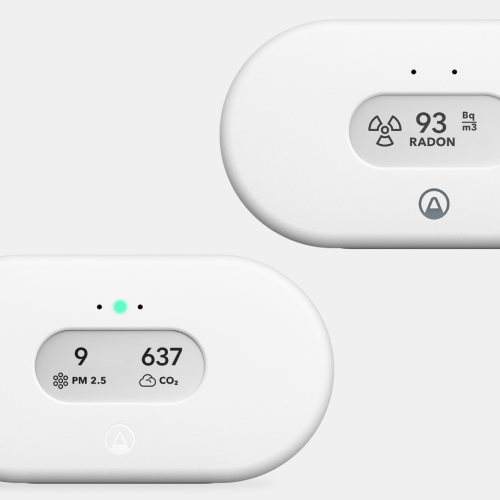
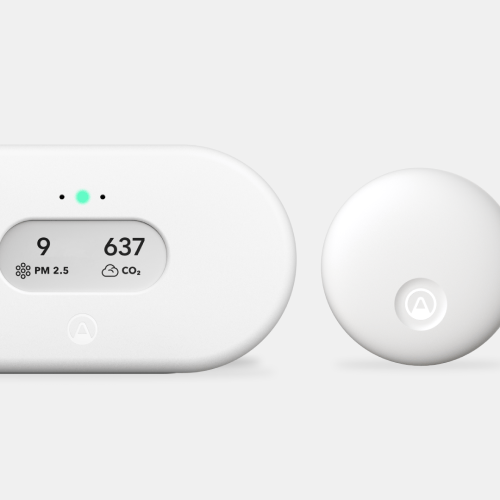
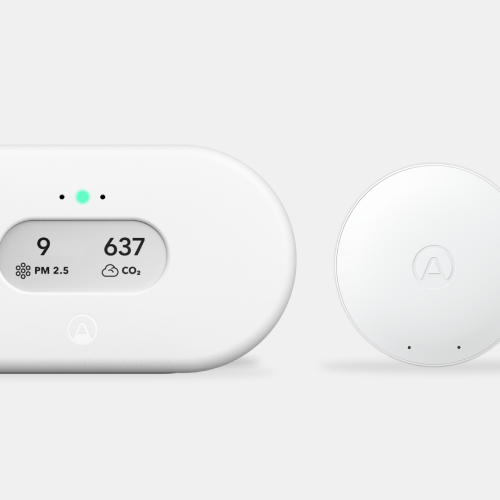
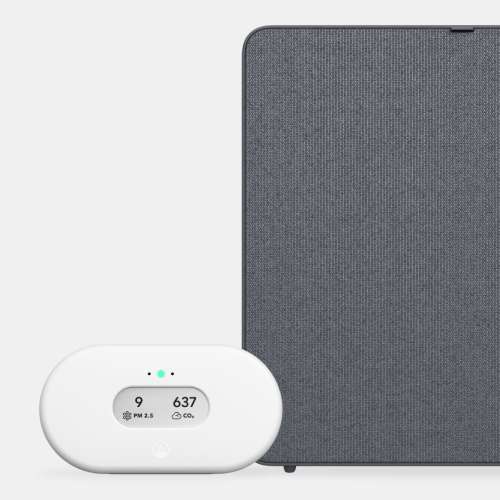
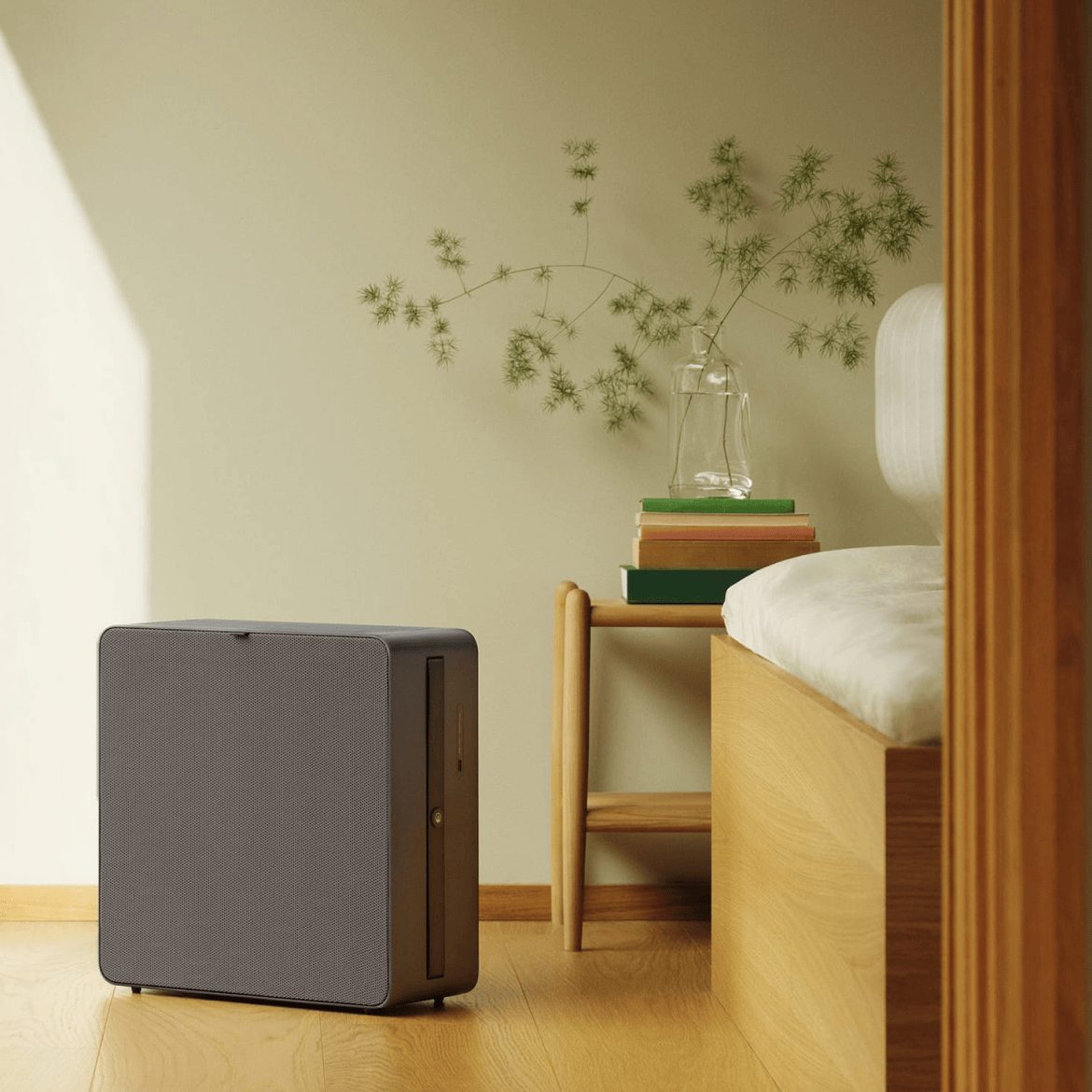
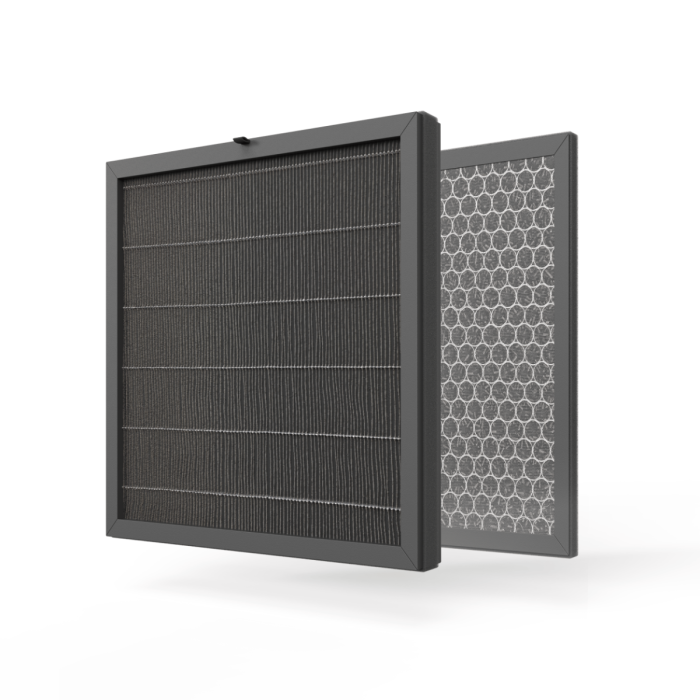
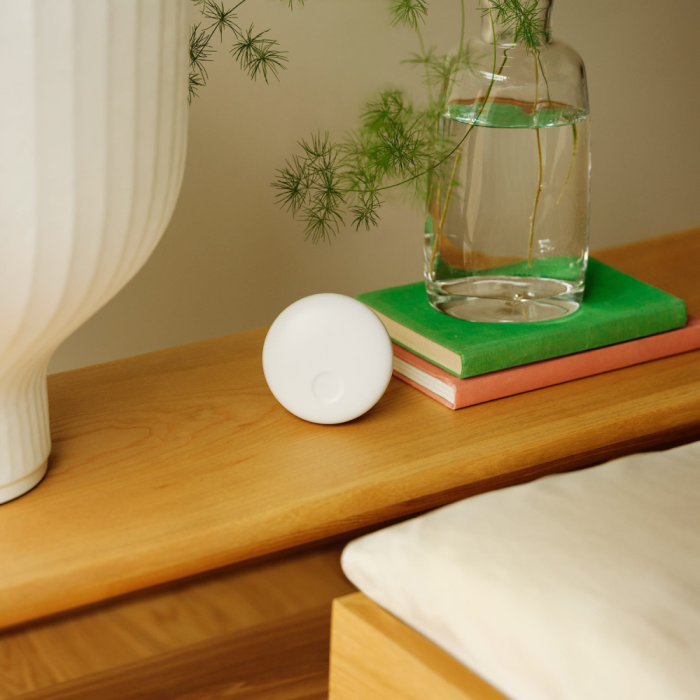

 Back to top
Back to top